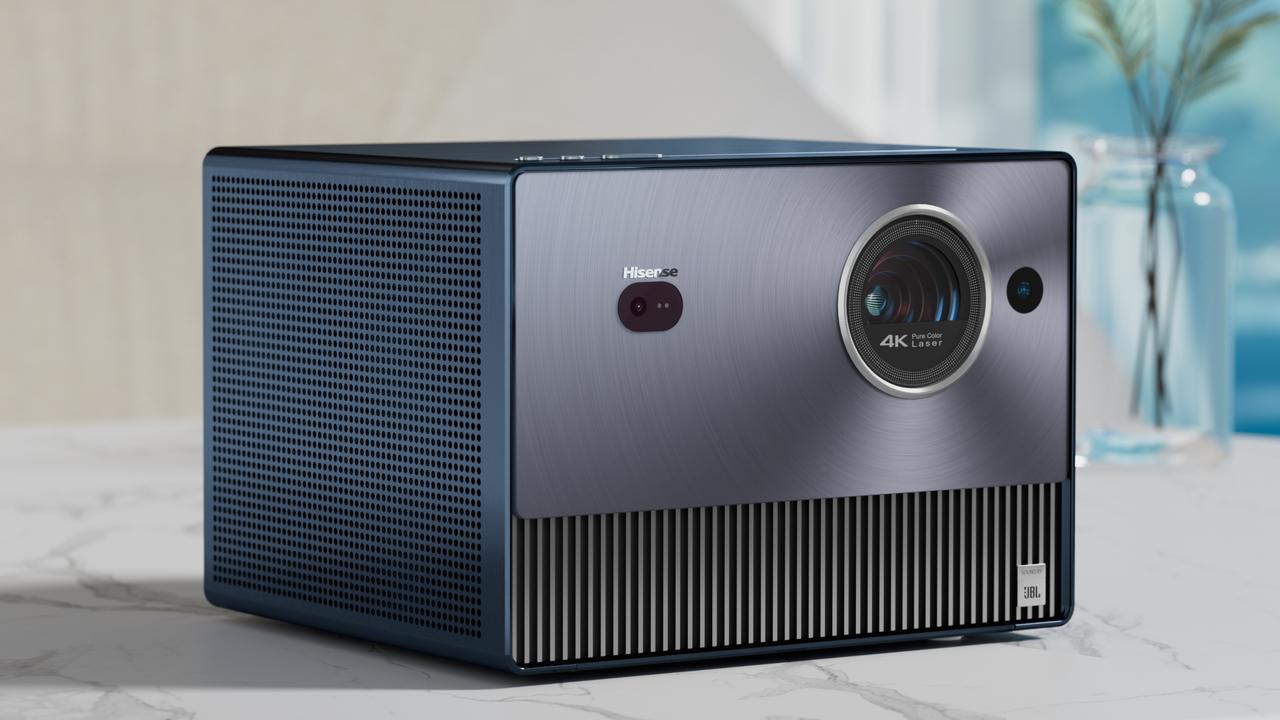Hauser’s experience welcome as quantitative tightening looms
Newly appointed RBA deputy governor Andrew Hauser has vast experience with quantitative easing and tightening programs, which will be handy in the bond market.

Business
Don't miss out on the headlines from Business. Followed categories will be added to My News.
If the Reserve Bank decides to actively sell the vast amount of government bonds on its balance sheet instead of waiting for them to mature, its new deputy governor will be more than capable.
Andrew Hauser comes to the RBA after more than 30 years at the Bank of England, most recently as its executive director for markets.
As such, he brings to the RBA first-hand knowledge of the BoE’s vastly deeper experience with quantitative easing and tightening programs.
Whereas the BoE first deployed QE in March 2009 during the global financial crisis, the RBA’s pandemic-era bond purchases more than a decade later in 2020 marked its first foray into QE.
Judging by this July 2019 speech “Waiting for the exit: QT and the Bank of England’s long-term balance sheet”, Mr Hauser was one of the chief architects of the BoE’s QE and QT programs.
That speech set out the findings of work that the BoE was doing at the time to “understand how its balance sheet might change in the future”.
His predecessor at the RBA, Guy Debelle, was the brains behind the RBA’s own QE program.
When it comes to financial markets operations, Mr Hauser will fill any gaps left by Debelle’s departure.
Given the kind and level of experience Mr Hauser had at the BoE, the chance of the RBA shifting to active bond sales sometime next year has increased, according to Deutsche Bank.
Deutsche Bank strategists see good reasons for Australia to consider active QT at this point.
During the Covid-19 pandemic, the BoE’s balance sheet ballooned because its QE purchases prior to the pandemic had not been sold down before the pandemic hit.
Beginning in March 2020, the BoE added £440bn to its QE program – doubling the bank’s stock of asset purchases in the span of 21 months to about 40 per cent of the UK GDP.

Of course, another QE program might be the last thing on the RBA’s mind right now but that does not mean the need won’t arise at some point in the future, said Deutsche Bank chief economist Phil O'Donoghue.
“Having a balance sheet that is as lean as possible, and unburdened by legacy programs, would seem a prudent starting point for any future ‘crisis’,” he said.
“That is a lesson the BoE may have learned the hard way during Covid.”
His second point is that the RBA’s current policy of passive QT is “choppy and slow.”
Relying on passive QT alone, the RBA’s bond holdings will be even slower to unwind than what would have been the case for the BoE – 8 per cent of the BoE’s bond holdings were scheduled to mature in 2022 and 2023, compared to just 6 per cent for the RBA.
Moreover, the rate of shrinkage in the RBA’s current balance sheet has been slow relative to peers.
The reduction of the RBA’s bond holdings, as a share of GDP from its post-Covid peak, has been about half that of peers.
Compared to pre-Covid levels, the RBA’s bond holdings are higher than peers.
Deutsche Bank macro strategist Tim Baker said the RBA should be able to at least keep up with peers.
The Australian economy is more exposed to short-term interest rates, so selling longer-dated bonds is “less likely to have a disorderly impact” than elsewhere, and Australia’s bond demand-supply picture is “quite good” compared to other countries.
“Super funds have been stepping up buying of local fixed income, banks have been buying also, while issuance isn’t that high thanks to robust commodity prices,” Mr Baker said.
He also notes that the RBA holds around $100bn in bonds at the 5-8 year part of the yield curve.
Active selling of bonds in those maturities by the RBA could, at the margin, substitute for monetary policy rate tightening, causing the two to five-year part of the yield curve to steepen.
“We already see rates one to two years out looking too high versus peers overseas,” he said.
Even if an active QT program was described by the RBA as purely “operational”, rather than designed to lower inflation, it could also help get aggregate demand back in line with supply without further increasing the burden on mortgagees.
“RBA rate hikes have had a big impact on many households,” he said.
Those with a mortgage have seen a doubling of payments, while investors have “passed on” the rate hike impact to rents, which are up a chunky 7.5 per cent.
But the 30 per cent of households that own their home outright have been insulated.
Not only that, these households (being older) hold a large wealth position, and household wealth isn’t far from record highs due to rising house prices, resilient equity markets.
“There’s an inconsistency here,” Mr Baker said.
“The RBA has more than fully reversed Covid-era stimulus when it comes to the policy rate, but barely run down its bond holdings that restrain long-term rates and thus support asset values.”
He also noted a positive relationship between spending and income levels on a state-by-state basis.
Retail sales are up by at least 3 per cent year on year in the high-income regions of WA – reflecting strong iron ore prices and ACT – due to its high concentration of government employees.
However, retail sales in the lower-income eastern states have barely grown at all.
In terms of the cost of living by household type, inflation for employees, who are more likely to have a mortgage, is running at 9 per cent.
But for self-funded retirees it has dropped below 6 per cent per annum.
More Coverage
Originally published as Hauser’s experience welcome as quantitative tightening looms




